When John Carpenter directed this famous sci-fi horror thriller, he was only 34 years old. Many have lauded it as the best film in the genre over time, with credit going to John Carpenter’s direction, Rob Bottin’s fantastically horrific creature effects, and class acting from Kurt Russell and others.
The dark topic and grim aspects of claustrophobia, mistrust, and paranoia were not well received by critics and audiences when The Thing was initially released. They were also critical of the film’s monster, which many felt was too visceral and forced.
People became more used to sci-fi as time passed, and they recognised the film’s originality and ingenuity. Quentin Tarantino, Neill Blomkamp, and Guillermo del Toro, among others, have cited John Carpenter’s The Thing as a source of inspiration. The film is based on the novella Who Goes There by John W. Campbell.
The Thing From Another World, a black-and-white sci-fi film based on Campbell’s work, was released in 1951, however it was just a loose adaptation. When John Carpenter was approached to produce a remake, he decided to stay true to the source material and, as a result, did Campbell’s book justice.
We’ll take you on an exciting behind-the-scenes tour of this fantastic film in this video, and we’ll tell you facts that are as fascinating as the film itself. So get your winter coats on, turn down the lights, and prepare to be introduced to John Carpenter’s The Thing.
Tobe Hooper’s Moby Dick from Antarctica vs. John Carpenter’s Shapeshifter
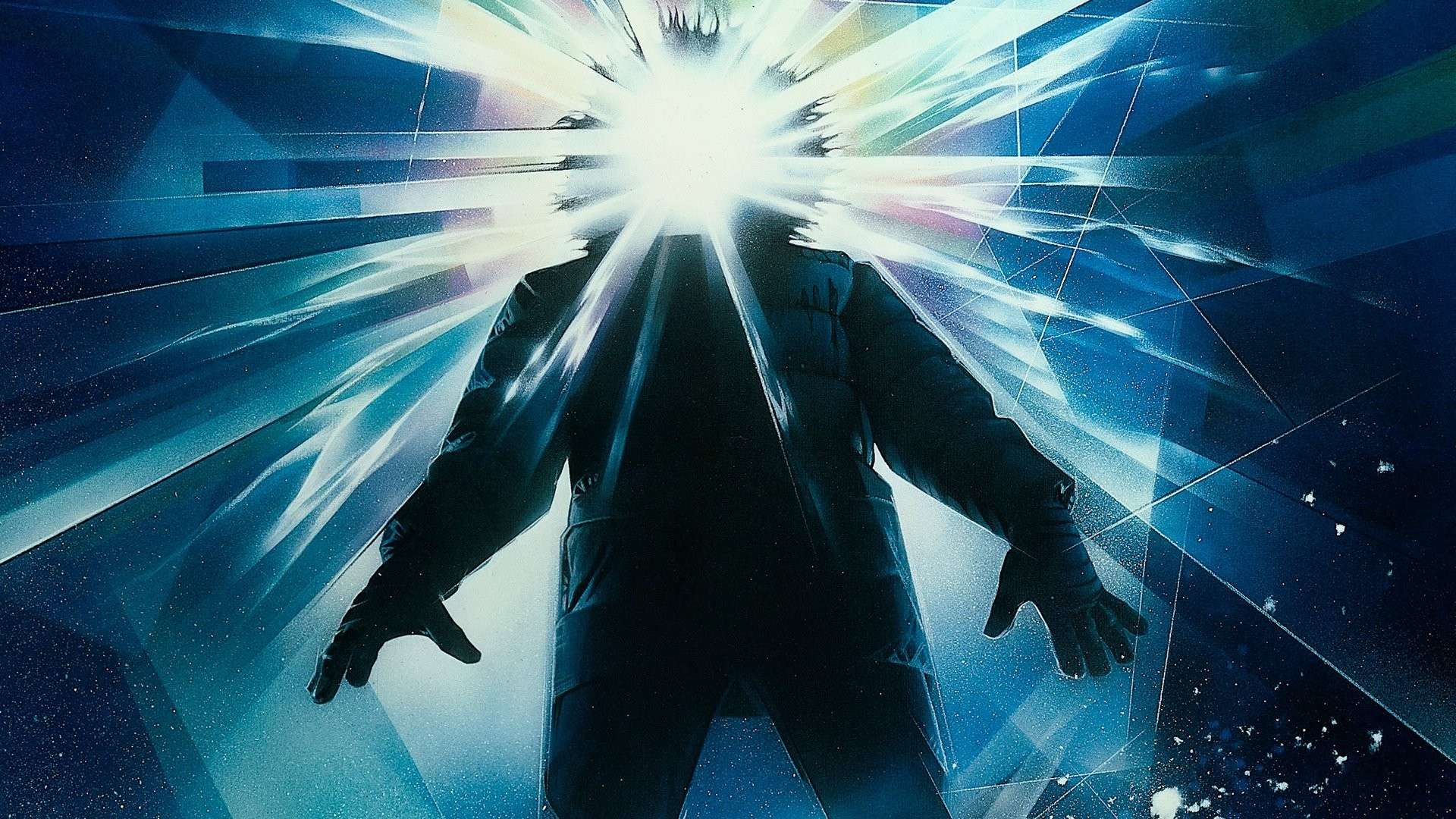
David Foster and Lawrence Turman first discussed filming The Thing in the 1970s, when they wanted to adapt John W. Campbell’s novella Who Goes There. Universal obtained the rights soon after, but it would be a few years before production could begin.
Co-producer Stuart Cohen’s first option was John Carpenter, but Carpenter was just an independent director with no experience with big-budget monster movies in 1976. Universal, understandably, did not want Carpenter to direct the film, preferring instead Tobe Hooper, who had recently filmed The Texas Chain Saw Massacre.
Hooper failed to impress the producers because his idea of the film was totally different from what was desired. In Stuart Cohen’s own words, Hooper wanted to make the film more like Moby Dick of Antarctica with an Ahab-like character who would battle a huge beast.The major issues with Hooper’s outlook of The Thing were that the monster wouldn’t shapeshift, and the prime themes of paranoia and suspicion were missing.
It was 1979, and John Carpenter had already given moviegoers the famous smash Halloween in 1978, and Ridley Scott’s 1979 Alien had been a huge hit. These events reignited talk about The Thing at Universal, and they decided to move ahead with Mr. Carpenter this time.
John Carpenter was apprehensive about taking the job because he wasn’t sure if he’d be able to top Howard Hawks’ 1951 film The Thing From Another World. Carpenter was such a fan of Hawks that in his film Halloween two of the characters, Tommy and Laurie, watch The Thing From Another World. A few years later, he was actually directing The Thing. That’s some coincidence.
The Cast Almost Died On Their Way To Filming
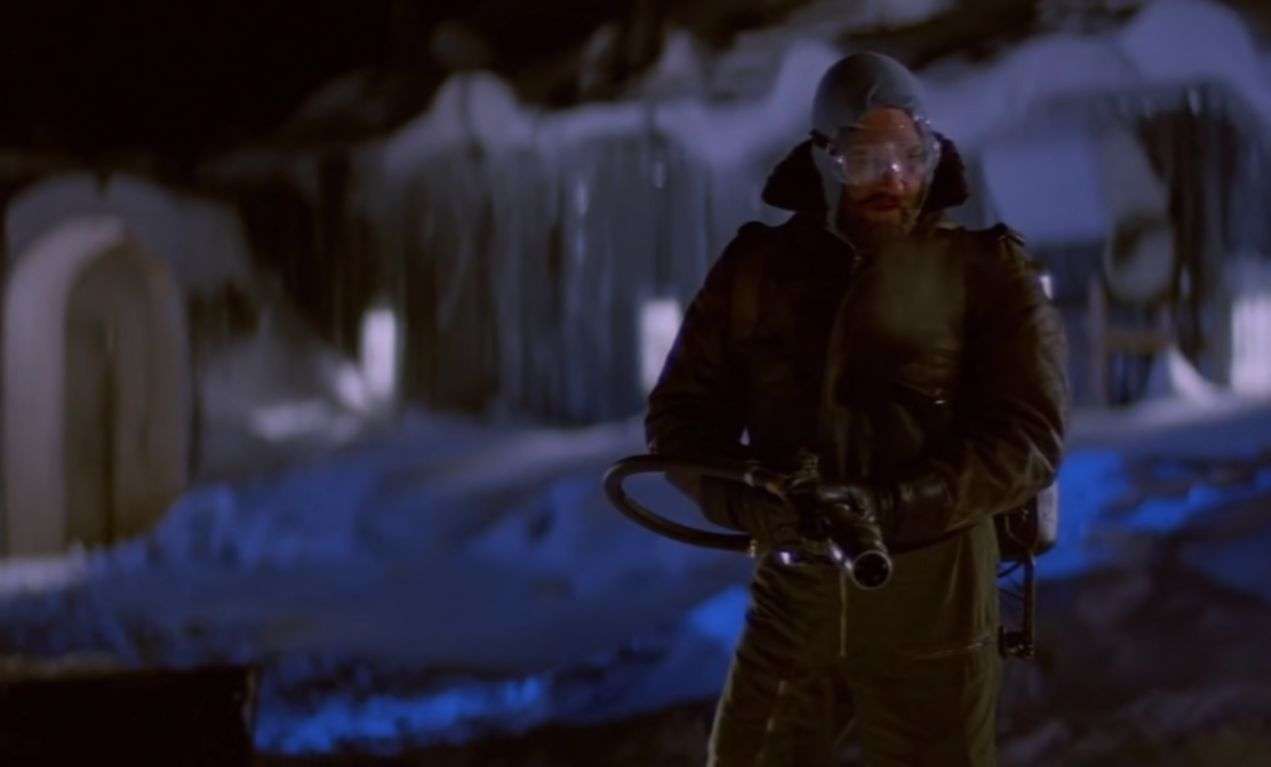
The producers hoped that the majority of the filming had taken place on sets, but Carpenter was a perfectionist. He insisted on using real settings, and he had an advantage because to the tremendous success of his earlier picture Halloween. The bosses wanted to conserve money, but Carpenter eventually won them over.
The cast and crew were scheduled to travel to a spot along the Canadian coast for the shoot. They travelled from Los Angeles to Vancouver, but terrible weather prevented them from flying any further. The final step of the journey required taking a bus.
The six-hour ride turned out to be one of the scariest moments for all of them when the bus slid on the snowy road towards the unprotected side of the road. Had the bus fallen down, they’d have crashed in a 500-foot deep embankment. Thankfully, the driver regained control of the bus, and everyone was safe. However, most of the interior scenes were shot in a refrigerated soundstage.
Rob Bottin and His Deadly Dedication
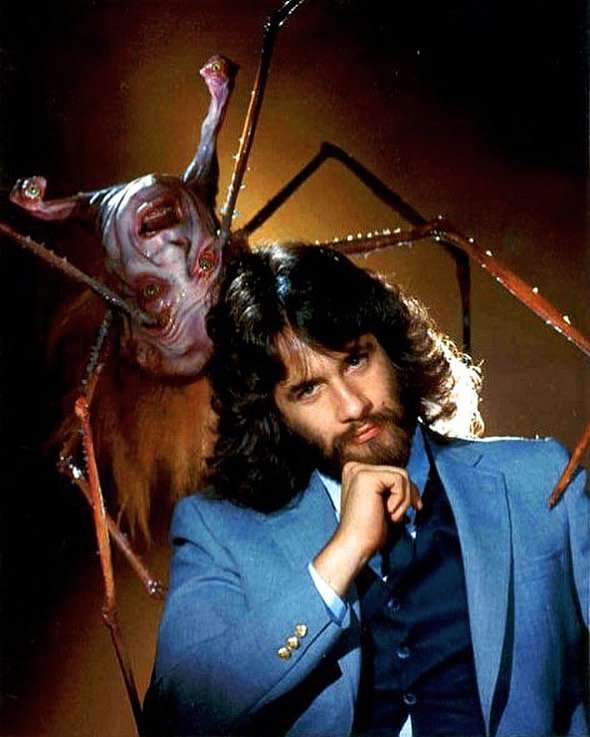
Bottin was only 21 when he joined Carpenter’s team, but he and Carpenter had previously collaborated on the 1980 picture The Fog. Carpenter intended The Thing to be a singular creature, whereas Bottin wanted it to be a constantly developing beast. Bottin was in charge of a 35-person crew during the design phase, which he hadn’t done before, but he hadn’t worked on a big-budget film either.
Bottin had a big hand in the design of the Thing. For example, it was his idea to give the monster shapeshifting abilities such as the ability to turn chests into huge mouths with razor-sharp fangs or the ability to grow spider legs from a person’s head.
He explained that the Thing got these abilities as a result of thousands of years of evolution and traveling to different parts of the galaxy.Carpenter ultimately accepted Bottin’s ideas because they did not depict the creature as a guy in a suit.
Once the designs were finalized, Bottin started the task of bringing them to life. He was furiously dedicated to his craft and spent almost a year working rigorously: he would sleep on the sets or in locker rooms and it’s not difficult to understand that a 21-year-old can fail to take care of himself.
In the final few days, he had to be hospitalized for exhaustion, bleeding ulcers, and double pneumonia. It was now that Bottin sought the help of legendary creature designer Stan Winston. It was Winston who created the Dog Thing but didn’t accept credit for his work and maintained that Bottin was the one who deserved it. Ultimately, Stan Winston was thanked in the credits for his immense and timely assistance.
The Dog Thing and The Double Amputee
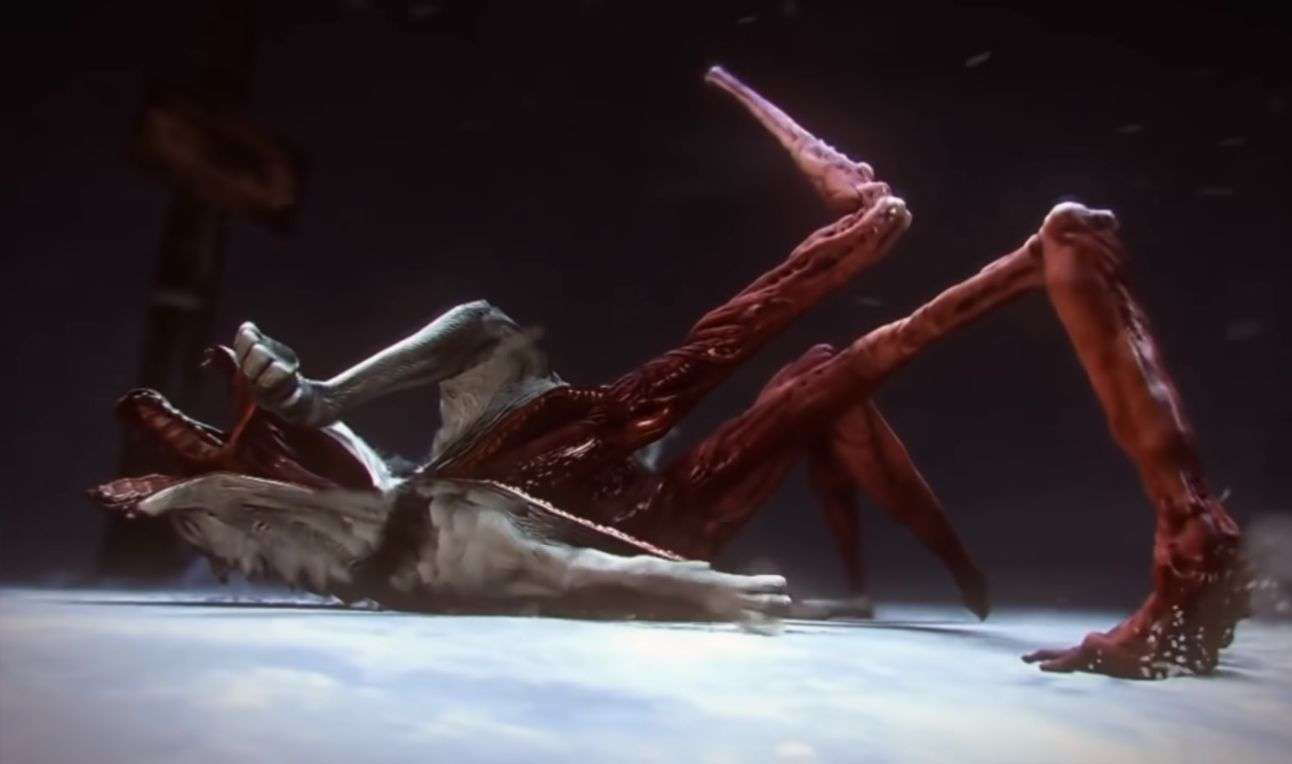
As previously stated, Stan Winston volunteered to assist Bottin and Carpenter create the Dog Thing during the last stages of creation. Winston chose a hand puppet over a more complex mechanical monster since he had less time on his hands.
The dog was to be played by make-up artist Lance Anderson, thus a clay cast of his head and legs was produced. The eyes were operated by radio, and the countless tentacles were controlled by cable from beneath the dog kennel.
The dog thing was being shot at, if you recall. Anderson had to wear a helmet to shield himself from the gunfire-stimulating explosive squibs. The moment ended up being one of the best in the movie.
Another peculiar and interesting part was the chest chomp scene in which Norris turns out to be the Thing. Dr. Copper attempts to revive Norris using a defibrillator on his chest. In doing so, Norris’s chest opens up and takes the form of a huge mouth with sharp teeth that chomp Dr. Copper’s hands. Bottin was the mind behind this imaginative scene.
He called in a double amputee body double and fixed two fake arms on his shoulders, and these were made out of wax, rubber, and Jell-o. The arms were placed inside the mechanical mouth and as the teeth sunk into the arms, the body double moved away. This gave the idea that the arms of Dr. Copper were chopped off.
The Thing About Dynamites, Kurt Russell and John Carpenter
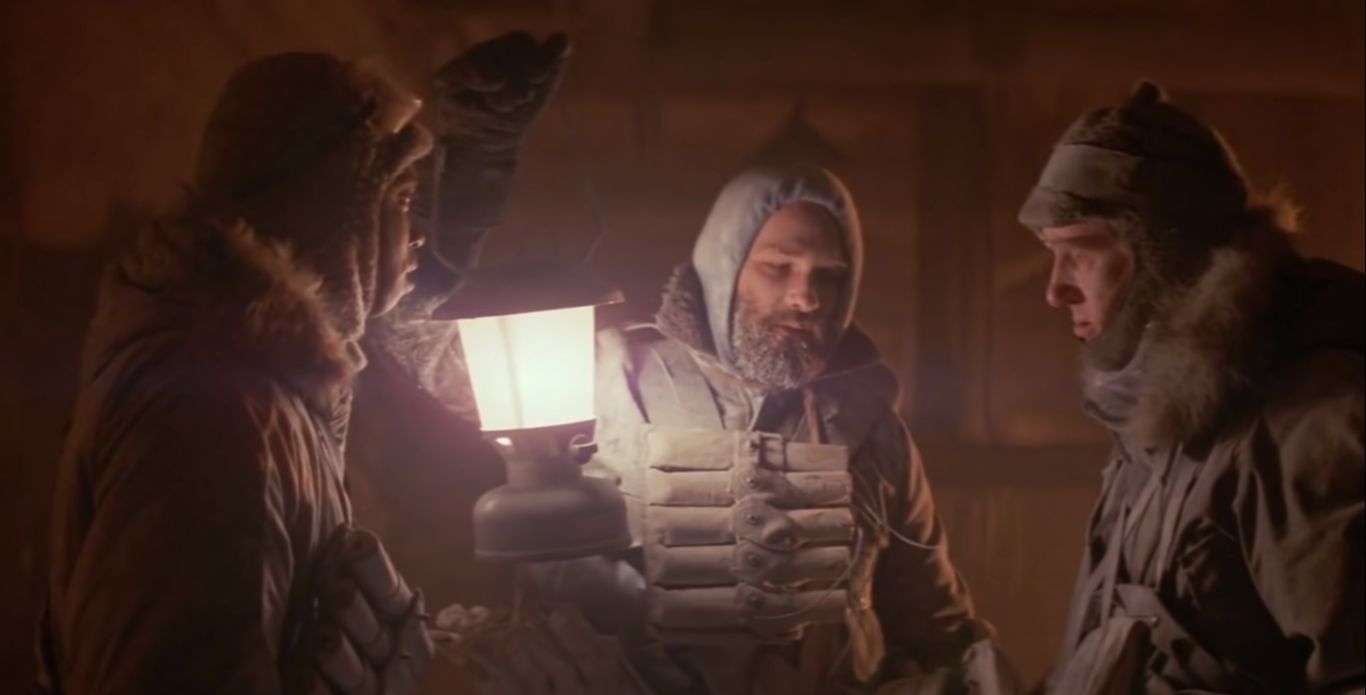
It’s a well-known truth that John Carpenter enjoys things that are authentic. Kurt Russell’s character throws a stick of dynamite at Palmer in the Palmer Thing sequence. The dynamite was genuine, which may surprise you.
The explosive detonates, and MacReady is blasted back. Kurt Russel knew the dynamite stick was real, but he had no idea how powerful it was. He was blasted back by the explosion after failing to move out of the blast radius. Fortunately, he was not seriously injured.
The entire incident was captured on film, and Carpenter considered it to be incredibly compelling, so he decided to include it in the movie. Apart from the bus accident, this was another near-fatal accident related to The Thing.
Carpenter seems to be the master of improvisation and shifting. In the initial few minutes of the film, we are taken to a burned-down Norwegian base. Strangely, this was the last sequence to be shot.
Carpenter and his crew didn’t wish to spend more money for an entirely new Norwegian base. So, after the American base was actually blown up and destroyed at the film’s end, what was left of the base was used to shoot the initial sequence.
The Extraterrestrial Stole The Thing’s Thunder
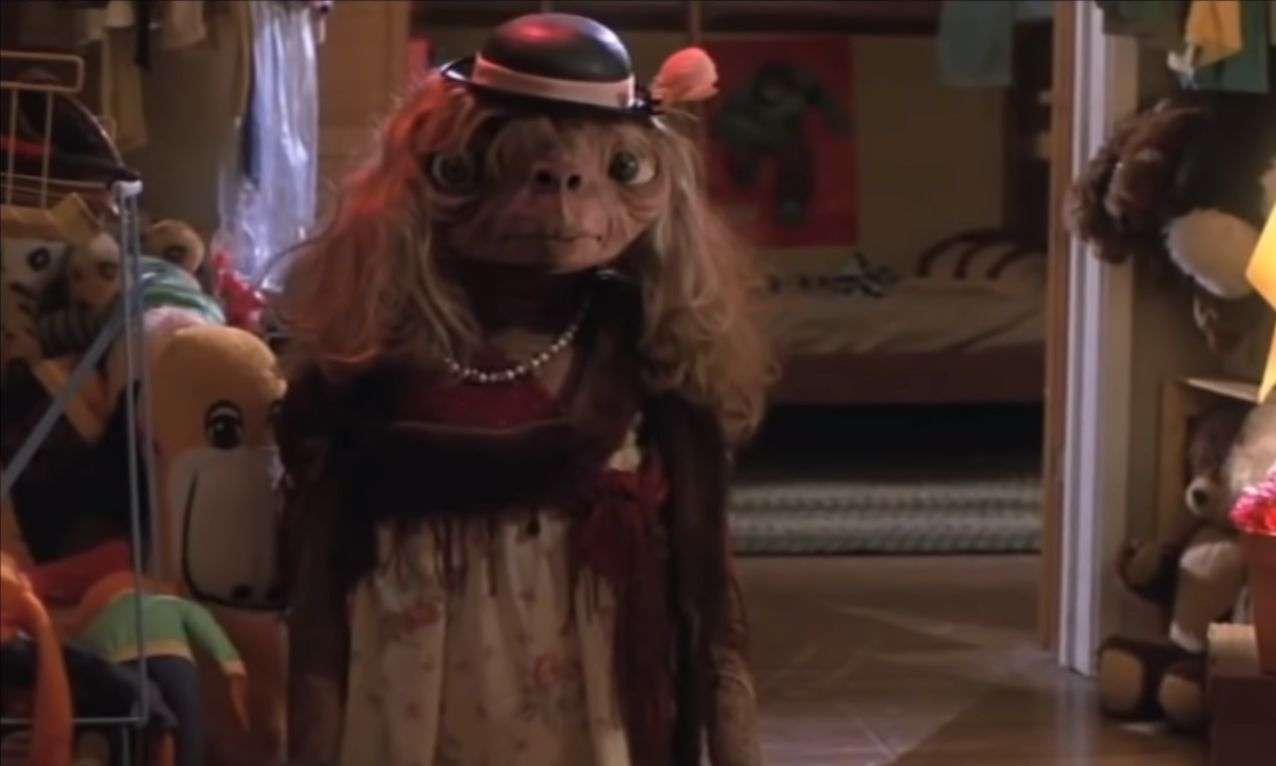
Carpenter was apprehensive about how the audience would react to the final product when he took over the project. But as the shoot progressed, he grew more confident. The Thing lacked humour and comedy as a film, but it made up for it with other potent ingredients such as revolutionary paranoia, stunning visual effects, and a sense of endless loneliness and helplessness.
However, it was released only two weeks after Steven Spielberg’s 1982 film E.T. the Extra-Terrestrial. While Spielberg’s film featured a friendly alien, Carpenter’s featured a savage one who was murdering people and plotting to take over the planet. E.T. had a happy ending, while The Thing’s left people scratching their heads.
Naturally, these contrasts got reflected in the way audiences perceived the two films. Carpenter’s fell flat on its face, at least in the initial days after release. The kid-friendly E.T appealed more to the parents as well. However, as time passed, The Thing earned a little short of $20 million.
The Cold Reaction of Critics
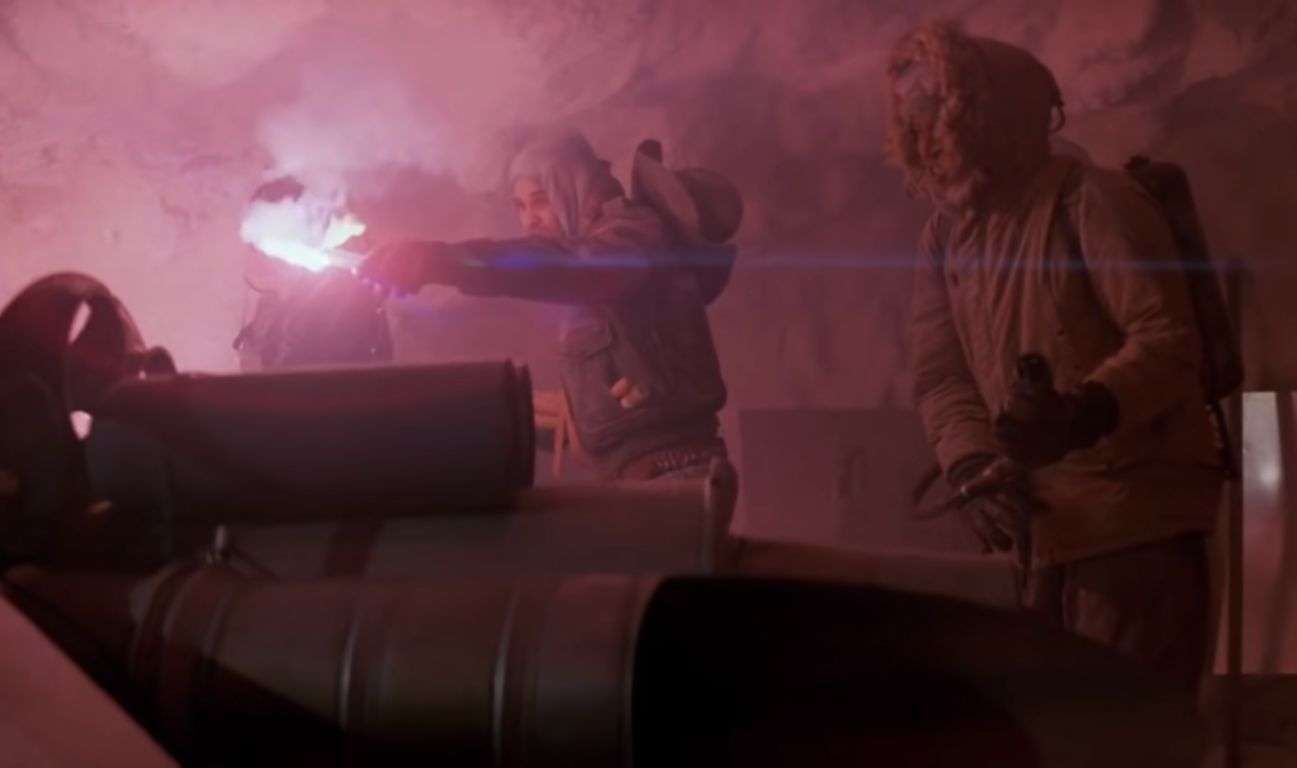
The tHing received a cold reception from critics and sci-fi lovers alike, not just general audiences. Although the special effects were praised for their technical brilliance, they were also criticised for being overly forceful and visually loud.
Almost none of these critics could grasp the film’s entire use of paranoia and distrust, despite the fact that these elements were among the most important in making the picture a classic in the future. While some thought it was a funny Alien rip-off, others thought the violence was forced and needless.
We are of the opinion that John Carpenter’s The Thing was an untimely masterpiece- critics had never seen anything so brilliant and failed to comprehend that brilliance. Years later, if we are making a video dedicated to this sci-fi horror classic, it is solely because it deserves respect.
The Characters Were Killed In More Ways Than One
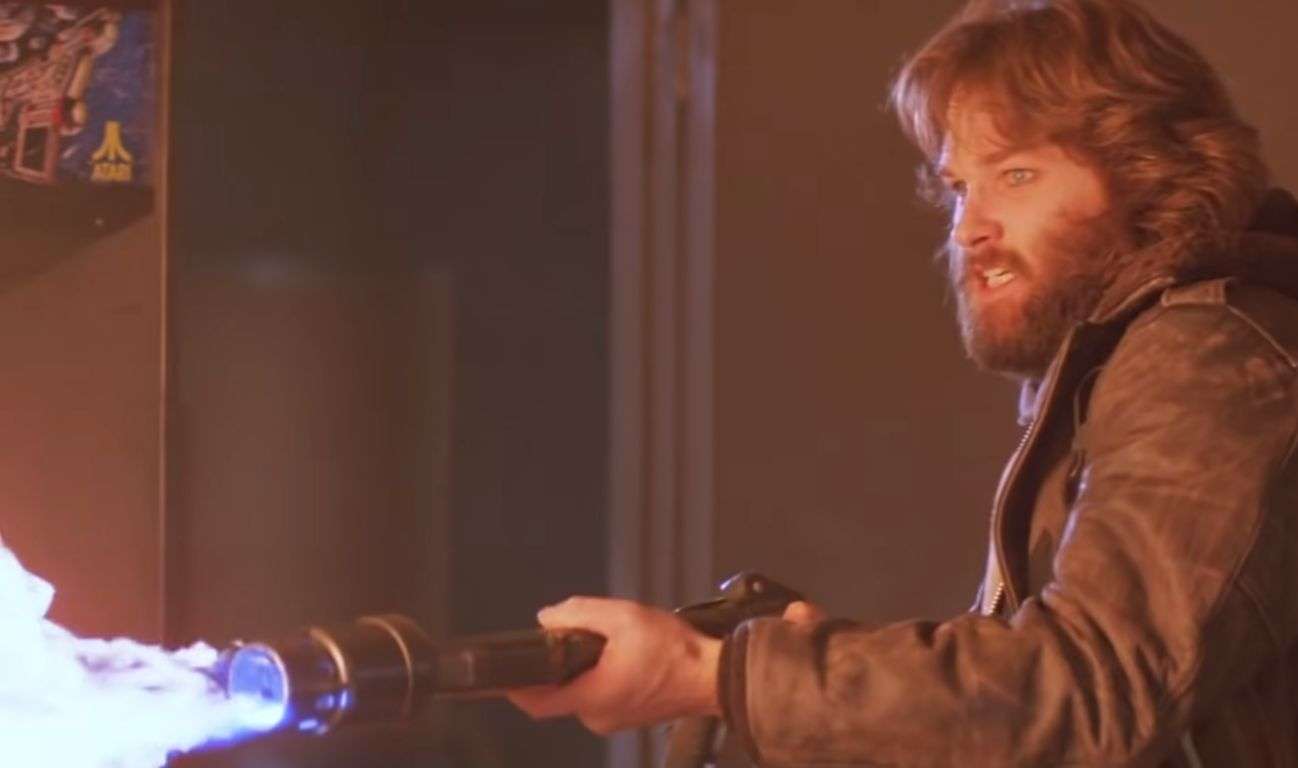
For a variety of reasons, several scenes were cut from the script. They’d have too much dialogue at points, which would slow the tempo and lessen the element of suspense, and they’d be eliminated from the screenplay at other times because they were too pricey.
In addition, despite the fact that the jump-scare scenes from Carpenter’s Halloween have been duplicated in numerous horror films, he wanted to stay away from tropes like this. Several other scenes were also added to the film that were not part of the original script. MacReady’s monologue was included in this.
Fuchs’s charred remains are found and hint that he died off-screen. But in an alternate scene, his body was impaled on a wall with a shovel. Nauls simply disappears in the film, but in the script, he was to appear as a huge mass filled with tentacles; something on the lines of the Dog Thing.
Bennings’ death probably saw the most number of changes. Bennings was scripted to be pulled under the ice by the alien, and then he was to appear at different parts of the film with successively progressed stages of assimilation. However, he was simply filmed as being killed by an unknown person.
This didn’t throw light on how assimilation kills the victim. So, Bennings was fitted with rubber tentacles and monster gloves and then they covered him in K.Y. Jelly and orange dye. By doing this, Carpenter could show the effects of partial assimilation.
John Carpenter’s The Thing is More Than a Remake
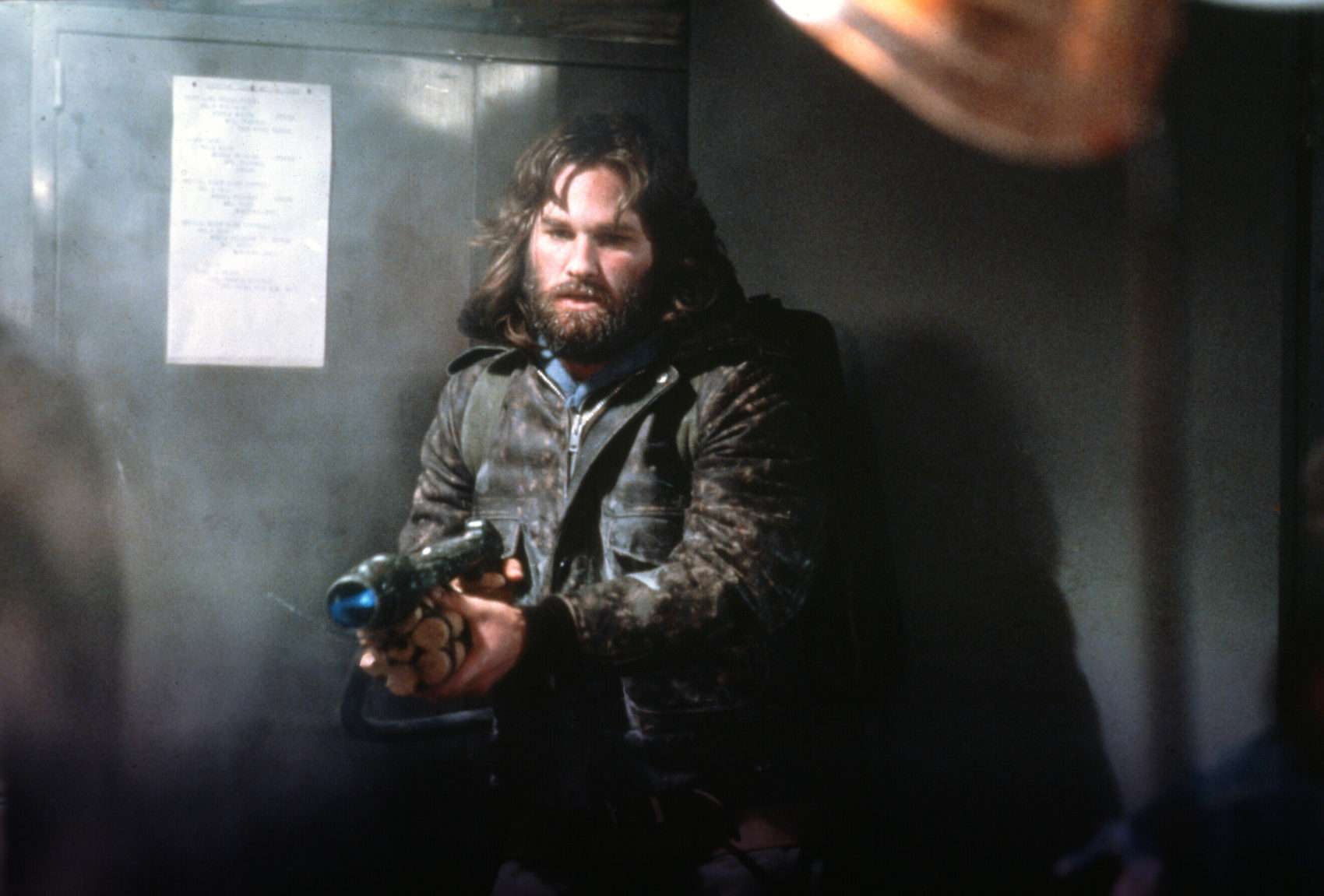
Christian Nyby and Howard Hawks released The Thing From Another World in 1951, based on John W. Campbell’s 1938 novella “Who Goes There.” The Thing by John Carpenter and Nyby’s film are based on the same source material, although they are totally distinct films.
The primary plot of Nyby’s film is based on a novella about a group of scientists discovering an alien life form in an ice setting, but Nyby converted it into a monster movie starring James Arness as a giant extraterrestrial monster.
Carpenter didn’t want to compete with the Nyby-Hawks film because he respected it too much. So, Carpenter stuck to the novella’s original story and focussed on the compelling idea that the alien can shapeshift into any living creature around it.
John read the novella a few times and drew parallels between it and Agatha Christie’s 1939 mystery novel And Then There Were None. Christie’s classic was also made into a 2015 television series and dealt with a group of ten eccentric strangers invited into a mansion.
Upon arrival, they were treated with darkness and soon, bodies started piling up. The surviving guests realize that there’s a killer among them. Naturally, Carpenter made a gruelingly grim film by blending both pieces of literature.
To appreciate The Thing, it is crucial to grasp and embrace that darkness. Something that the critics back in 1982 failed to do.
Post Production Pressure and Publicity Stunts
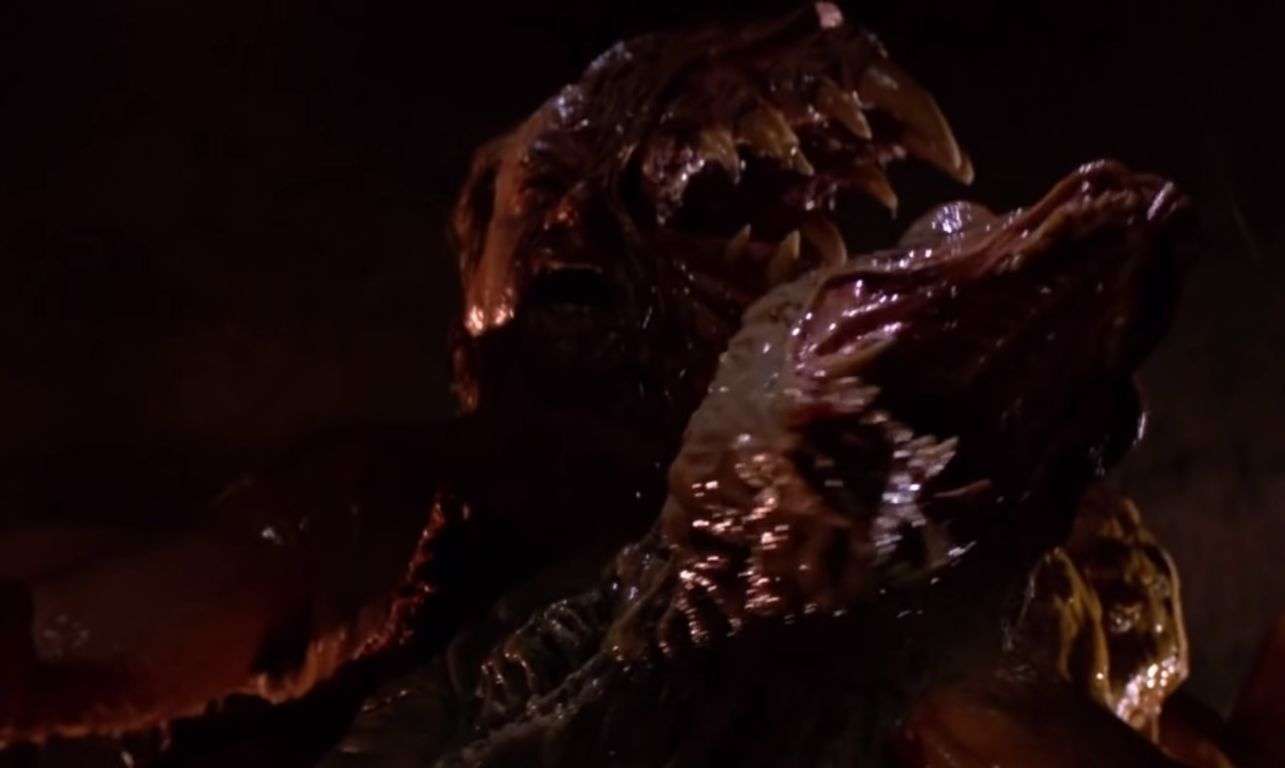
Producer David Foster went to see E.T. since the movie would be preceded by a trailer for The Thing, and he wanted to see how the public reacted. He was discouraged by the frigid response, which mirrored the film’s cold environment.
As a last-ditch effort to rekindle public interest, a slew of adjustments were made to the film’s publicity. They switched from a black-and-white to a coloured poster.
The tagline for Alien was coined by Stephen Frankfort, who said, “In space, no one can hear you scream.” He also came up with the original tagline for Carpenter’s The Thing, which was “Man is the warmest place to hide.”
But the executives wanted to exhaust and capitalize on the popularity of Ridley Scott’s Alien. So, they changed the tagline to “The ultimate in alien terror.” The famous horror Magazine Fangoria held a drawing contest in 1981 and asked people to draw what the Thing would look like. The winners would earn a trip to Universal Studios. John attempted to get the title of the film changed from The Thing to Who Goes There but it was too late.
Interestingly, the winning submission of the Fangoria contest was uploaded on Instagram in 2018. It doesn’t resemble anything like what was shown in the film, but we can not deny that this was a terrifying alien. It looks as if Medusa mated with a Xenomorph.
The Alternate Ending That Never Came To Life
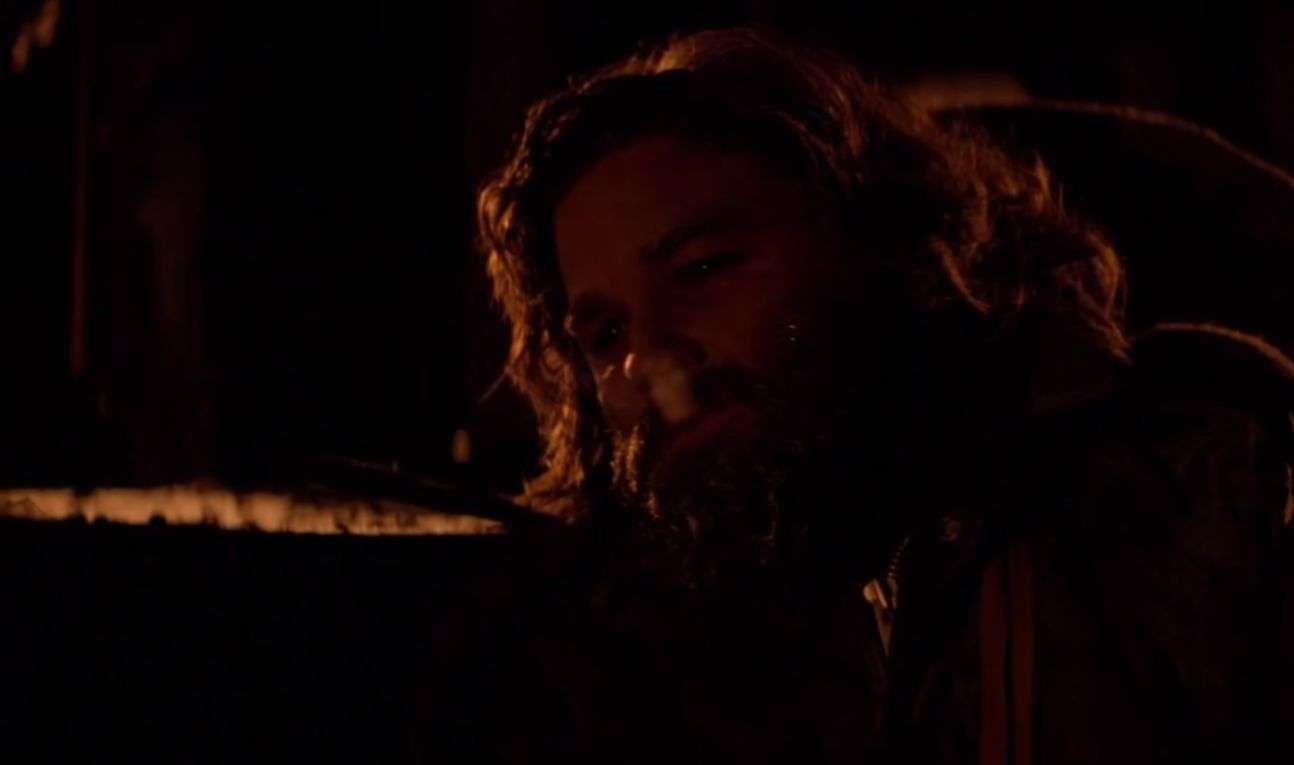
The Thing’s ending is unmistakably dark and ambiguous, which raised a few eyebrows, the most concerned of which was editor Todd Ramsey. He asked John Carpented to shoot a different conclusion, one that was less dismal and happier.
John consented, and he filmed a sequence in which MacReady was eventually rescued and transported to a room where he was given a blood test to determine whether or not he was infected. The film ends after MacReady passes the test. This scene, on the other hand, never saw the light of day, and it’s probably for the best.
We believe the entire objective of the video was to demonstrate that the all-male crew had no idea what was going on or who was their ally and who was their foe. And, Carpenter wanted to make his audience feel exactly what the characters were feeling, a sense of morbid confusion, suspicion, and ambiguity.
